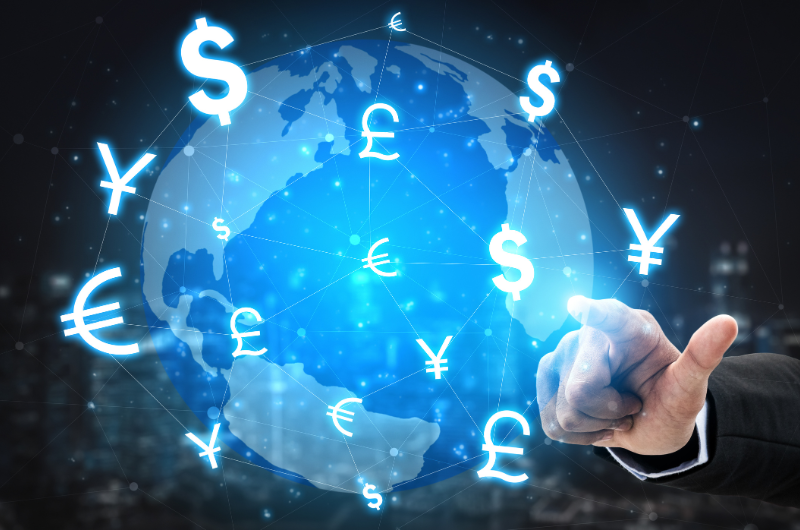Don't Get Shortchanged: How to Avoid Currency Exchange Scams
Published: July 10, 2025

Traveling abroad or sending money internationally? Currency exchange is a regular part of the process, but unfortunately, it’s also an area where scammers frequently target. Whether you’re exchanging cash at a kiosk, using a money transfer app, or shopping online, it’s crucial to stay alert.
Here’s what to watch out for—and smart tips to help keep your money safe.
Common Currency Exchange Scams
1. Fake Exchange Rates
Some shady exchange booths advertise great rates on signs, but apply different ones when it’s time to pay. Others may tack on hidden fees that drain your wallet.
2. Counterfeit Currency
You might receive fake notes when exchanging cash in person, especially in markets, unofficial stalls, or with “friendly locals” offering better deals than the bank.
3. ATM Skimming and Card Traps
ATMs located in tourist-heavy areas can be targets for scammers who install skimming devices to steal your card data or trap your card altogether.
4. Online Money Transfer Scams
Some fraudulent websites and apps pose as legitimate currency exchange services. Once you send your money, it disappears—along with the scammer.
5. Bait-and-Switch Apps
A scammer might advertise one exchange rate and then delay your transaction until the rate changes in their favor. You get less than promised, and they pocket the difference.
Smart Tips & Tricks to Stay Safe
1. Use Trusted Providers
Stick to reputable currency exchange services, banks, or your credit union. Research companies ahead of time, especially when sending money online.
2. Verify Exchange Rates and Fees
Always ask for a breakdown of the rates and any transaction fees before handing over your money. Use an online exchange rate calculator to compare.
3. Avoid Street Exchanges
If someone offers you a “better deal” on the street or in a market, walk away. It’s not worth the risk of counterfeit currency or being shortchanged.
4. Check Your Bills
If you’re exchanging cash, take a moment to inspect the bills you receive. Look for watermarks, security strips, and color-shifting ink—especially in countries where counterfeiting is common.
5. Protect Your Cards
Only use ATMs attached to banks or located in secure areas. Cover the keypad when entering your PIN and regularly review your statements for any suspicious charges.
6. Be Cautious with Peer-to-Peer Transfers
Apps like Venmo, Zelle, or PayPal can be risky if you don’t know the recipient personally. Once the money’s gone, there’s little chance of getting it back.
Currency exchange doesn’t have to be stressful. With a bit of research and caution, you can steer clear of scams and ensure your money goes exactly where it should. Whether you’re planning your next adventure or sending money to family abroad, always think twice—and exchange smart.
Article content is provided for information purposes only.



